








Watch videos about each historical figure from “Continuum of Change.” Videos by William Paul Thomas. Learn more about each person here.
'Continuum of Change'
Part of initiative 1897
216 N. Front Street, wilmington, N.C. 28401
July 9 to August 27, 2021
"It is only through examining history that you become aware of where you stand within the continuum of change." — John Lewis, “Across That Bridge”
The late Congressman John Lewis fought nearly his entire life to rid America of its systemic inequities. He was one of the original Freedom Riders and, as a 25 year old, took part in “Bloody Sunday.” Lewis knew where he stood in the continuum of change.
The same can be said about the historical figures depicted through portraiture in "Continuum of Change," an exhibition that aims to highlight some of the many Black Americans who helped usher in change in the Wilmington, N.C. area. Their stories provide an on-ramp for further study and engagement in the search for more pathways toward equity.
In his book, Lewis writes: "From the legacy left by past generations, we gained significant understanding of how we should forge ahead." In "Continuum of Change," we examine these legacies and how they impact us today. What will our legacies be? Where will we stand within the continuum of change?
Artists and historical figures
Exhibition events
Opening reception: Friday, July 9, 6 to 9 p.m.
Fourth Friday reception: Friday, July 23, 6 to 9 p.m. More info here.
Artist and Curator Talk: Saturday, August 7 at 2 p.m. RSVP here.
Final three days: August, 26-28; Thursday, Friday, 3 to 7 p.m.; Saturday, 11 a.m. to 3 p.m.
Other works
DREAMs student installation with artists Fritzi Huber and Israel Sorenson
DREAMs of Wilmington student participants contemplate the future which they desire, bringing to life their thoughts and aspirations through visual expression and word. The physical carrier of these expressions are discs of paper stretched over armatures and suspended in space by monofilament. These discs vary in size and height. There are also small handmade paper discs displaying inspirational African Adinkra symbols. The students completed these works with Wilmington artists Fritzi Huber and Israel Sorenson.
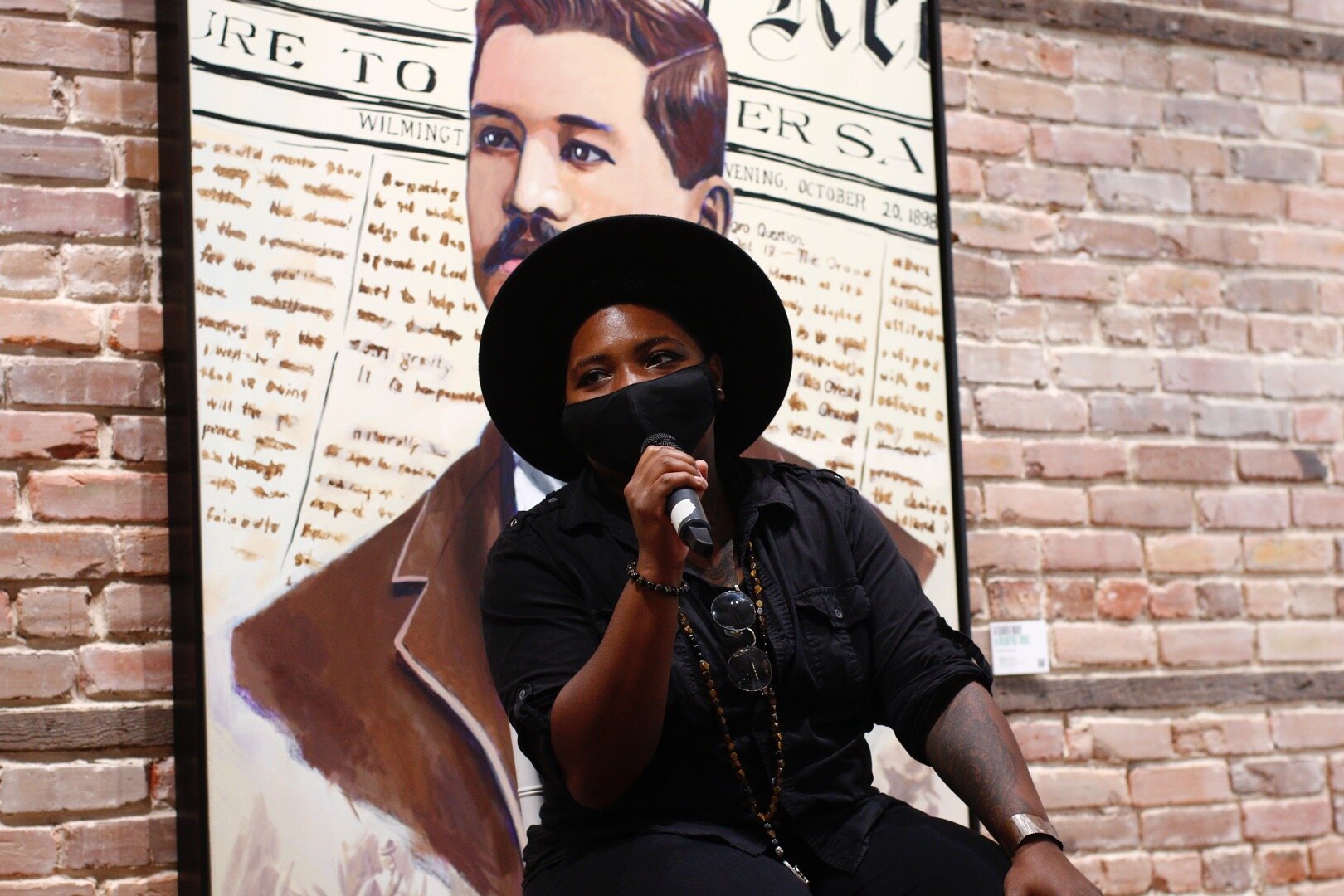
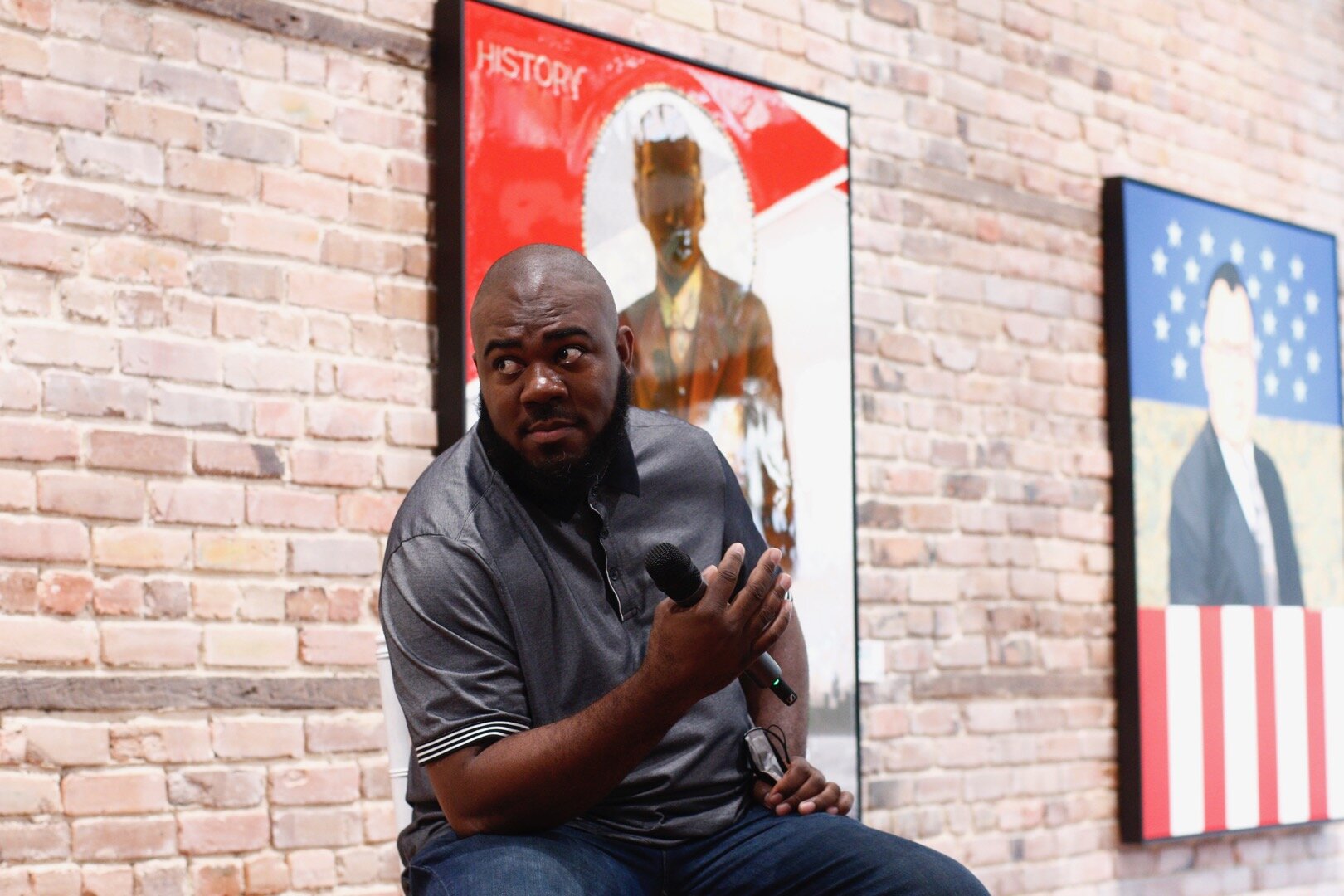
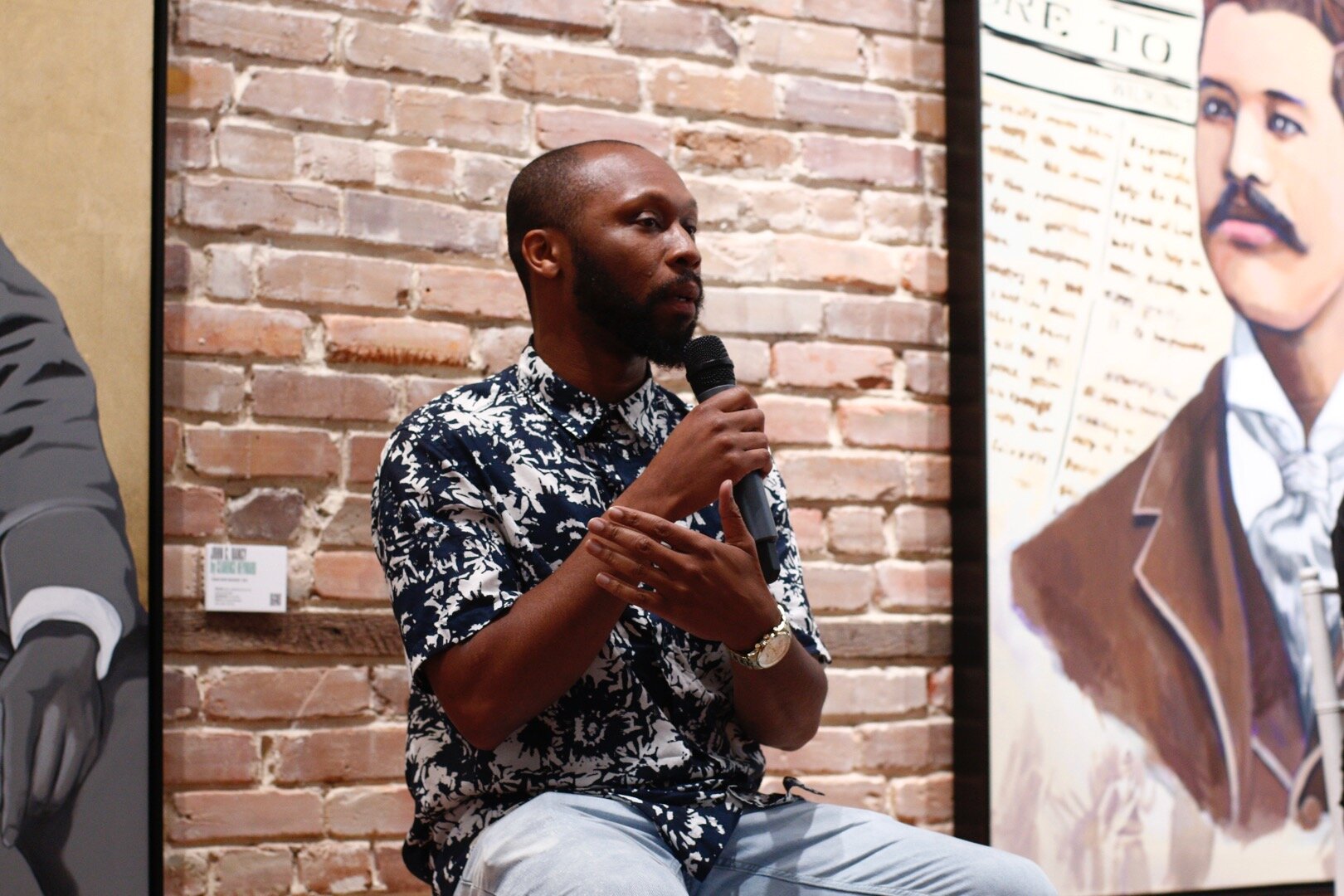


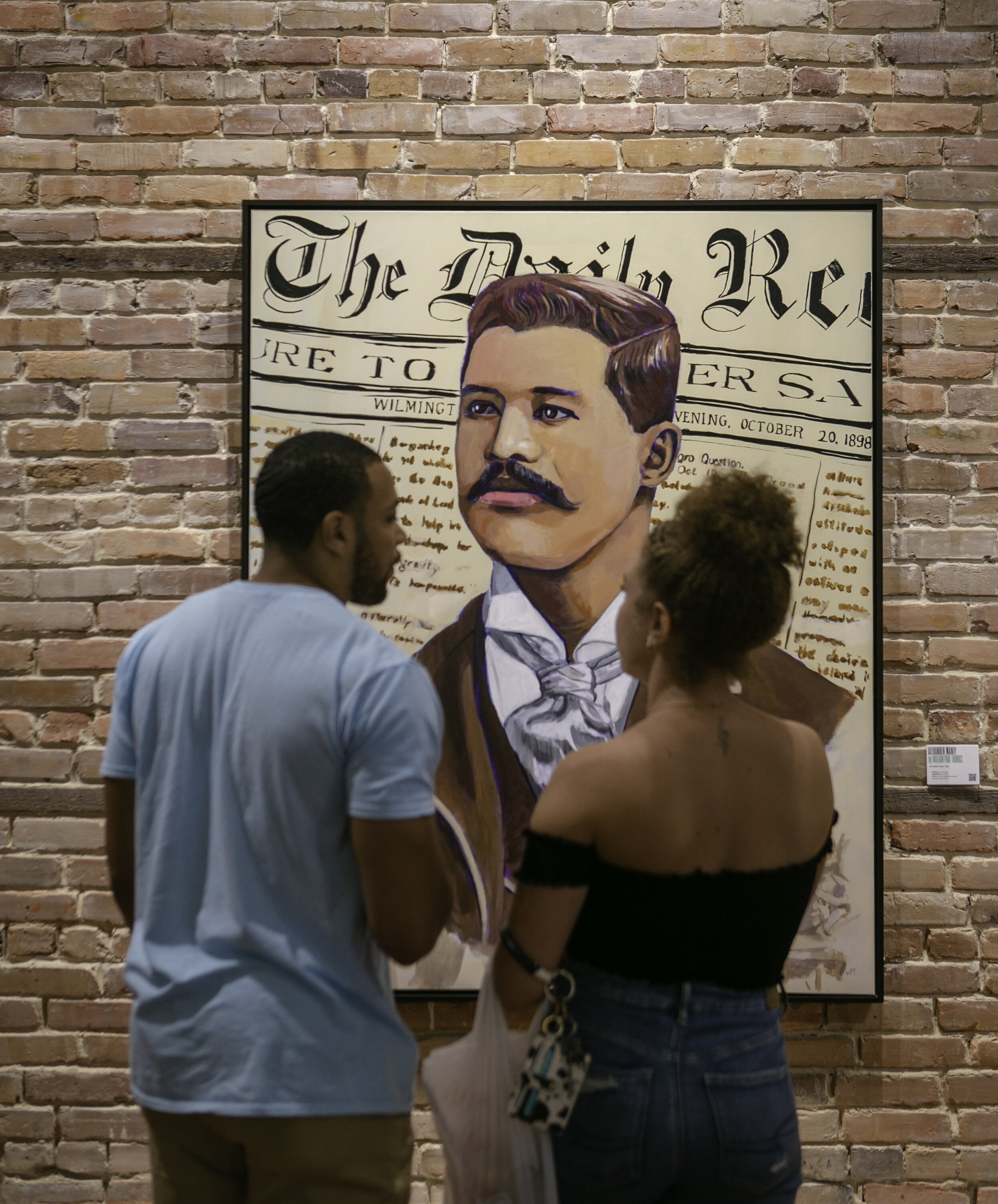
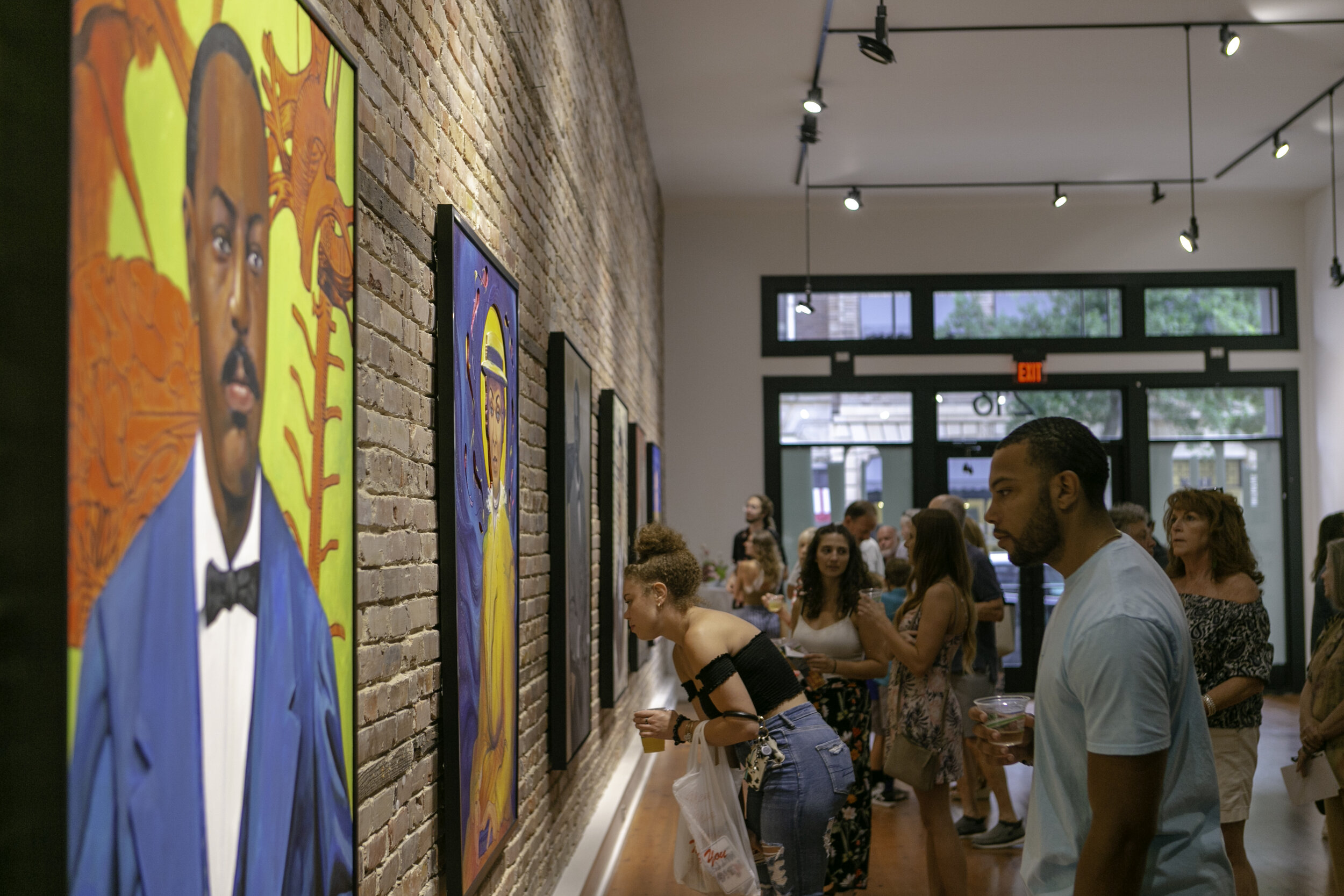
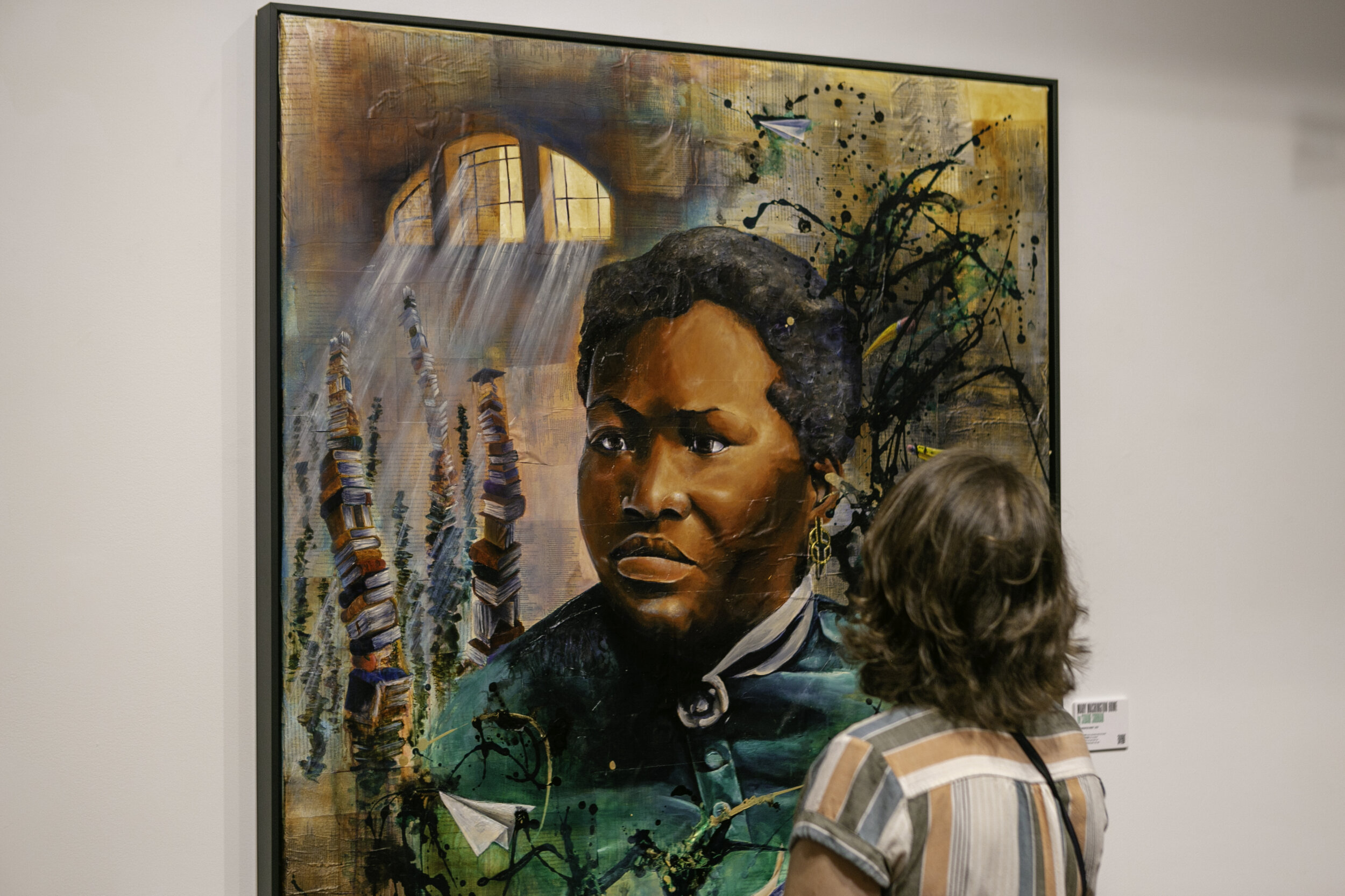


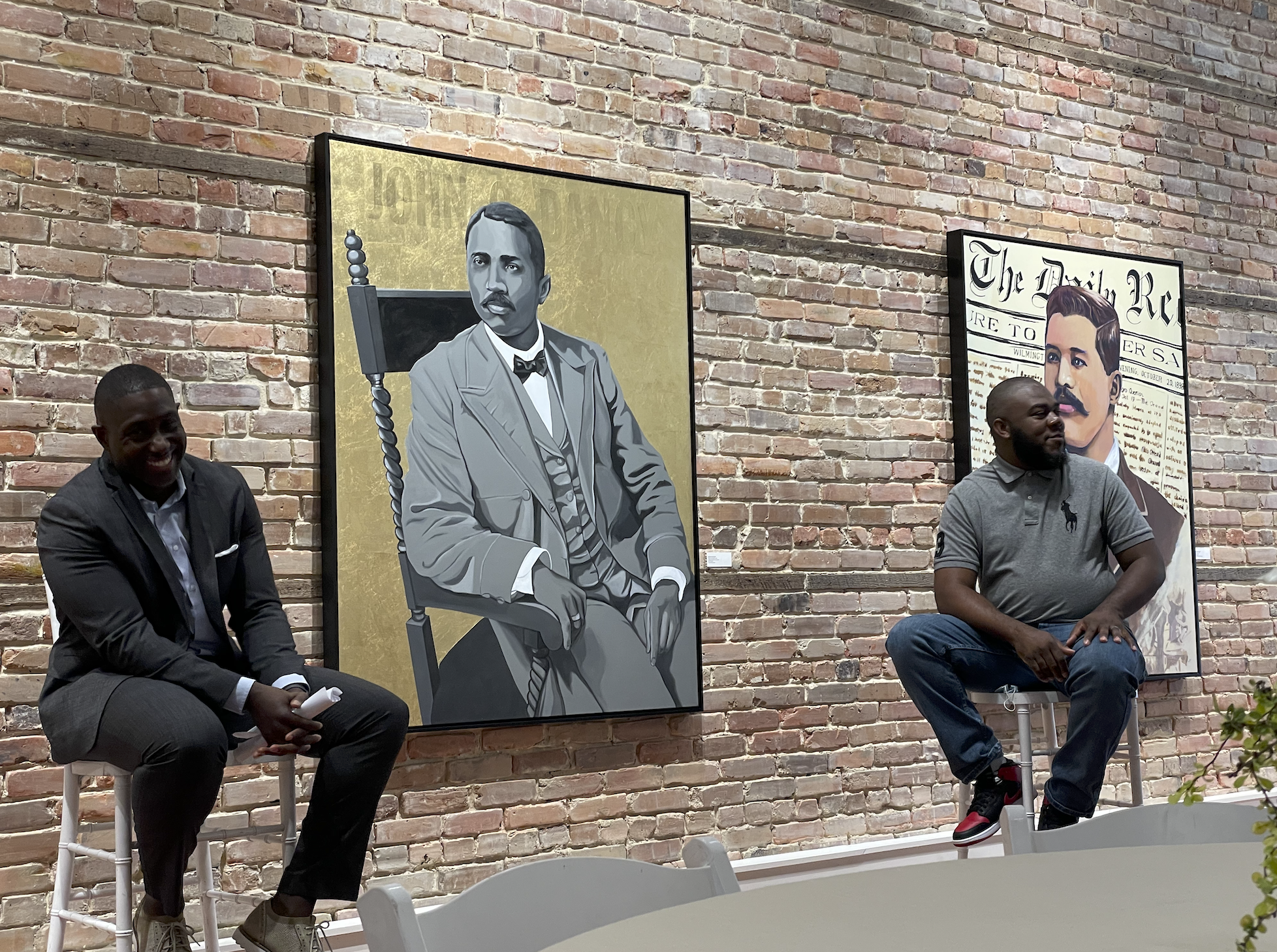
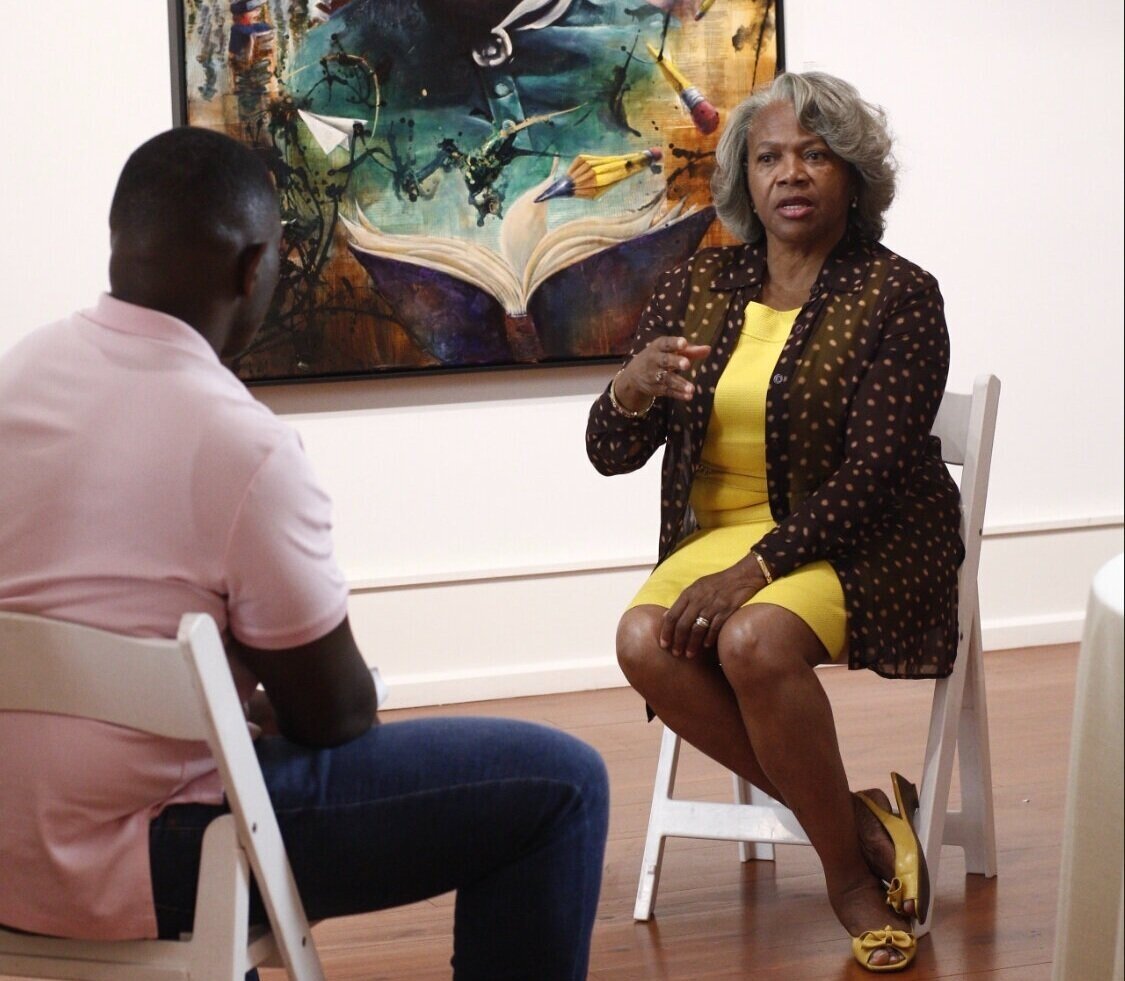
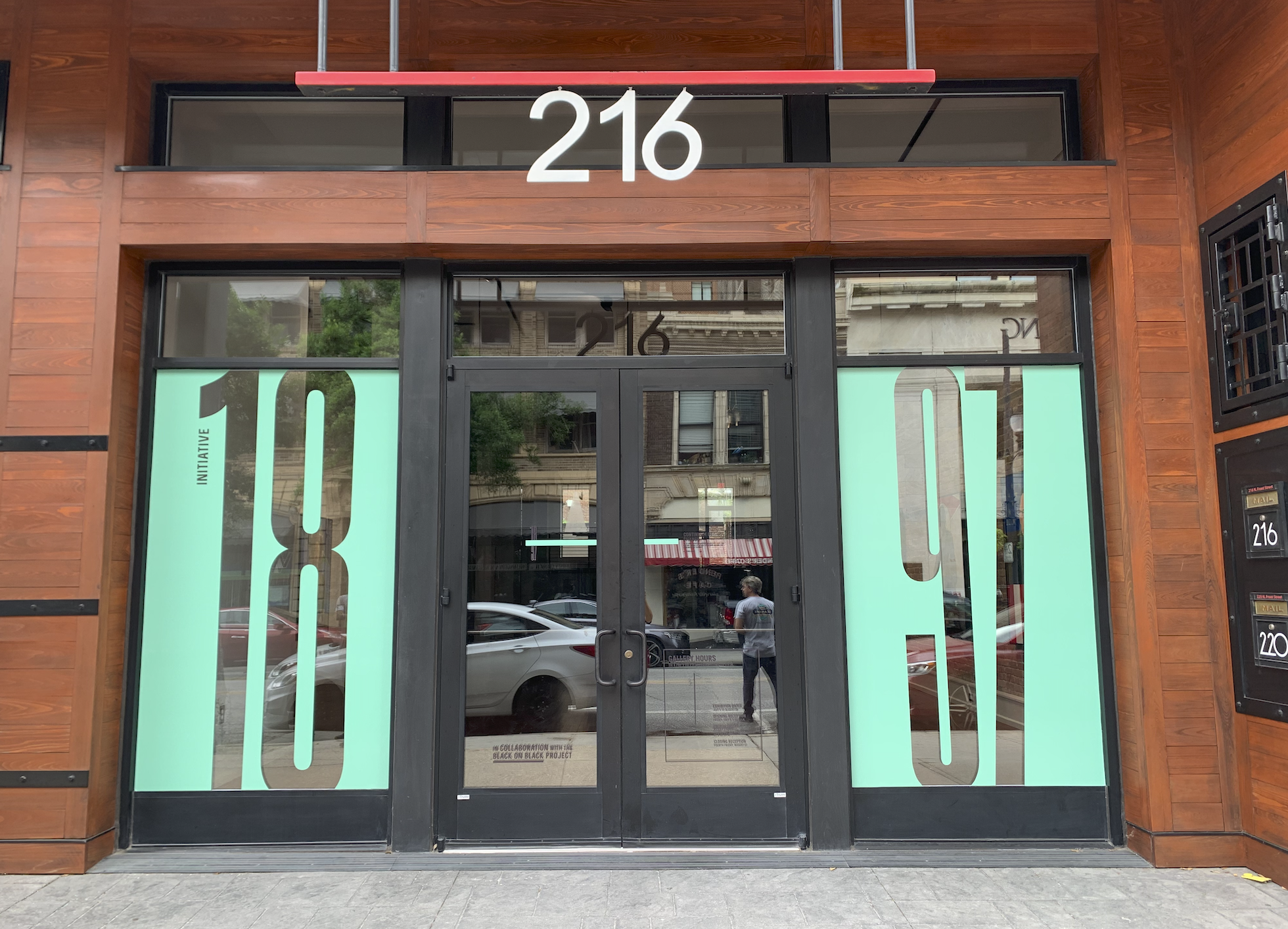
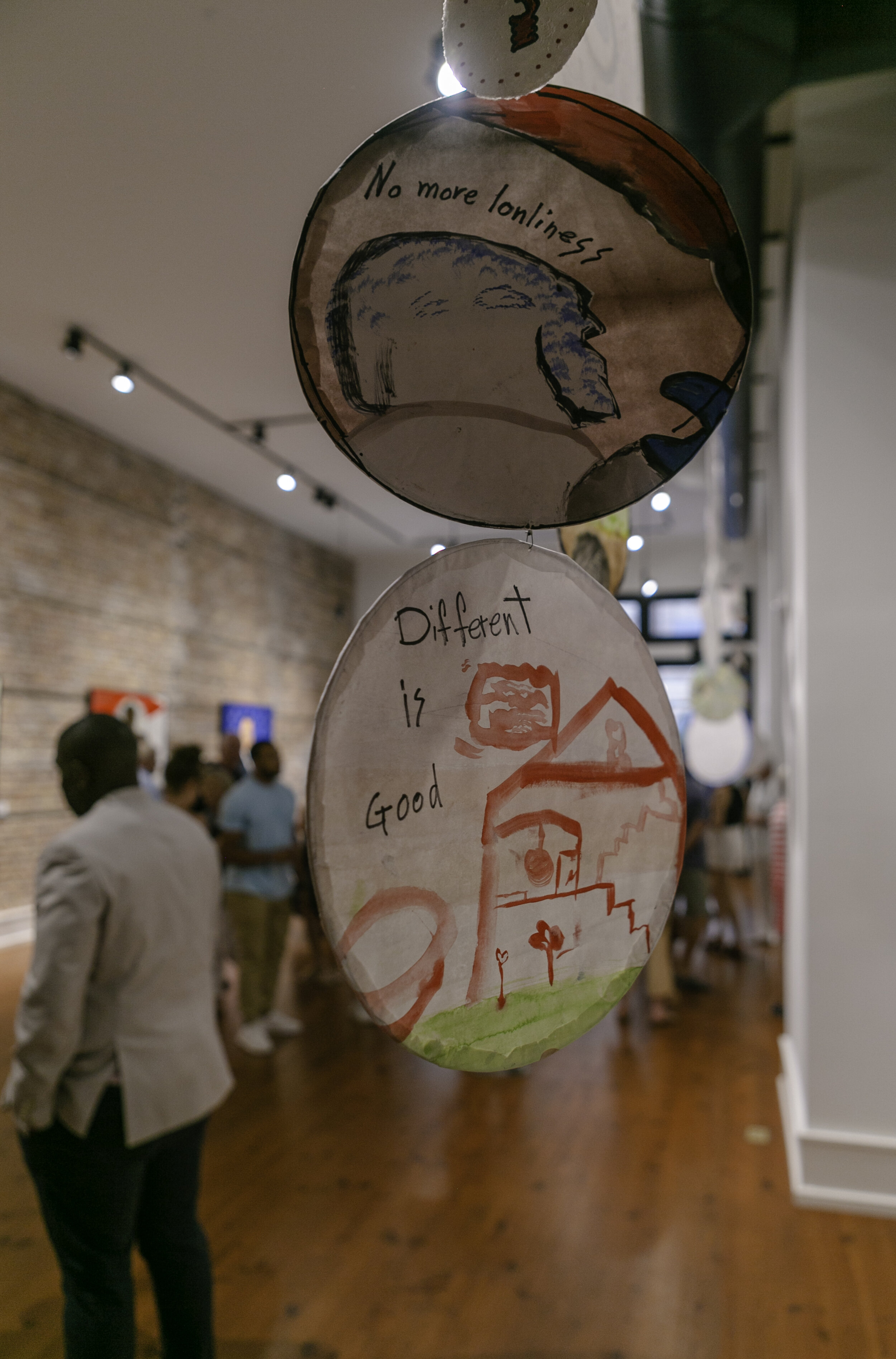
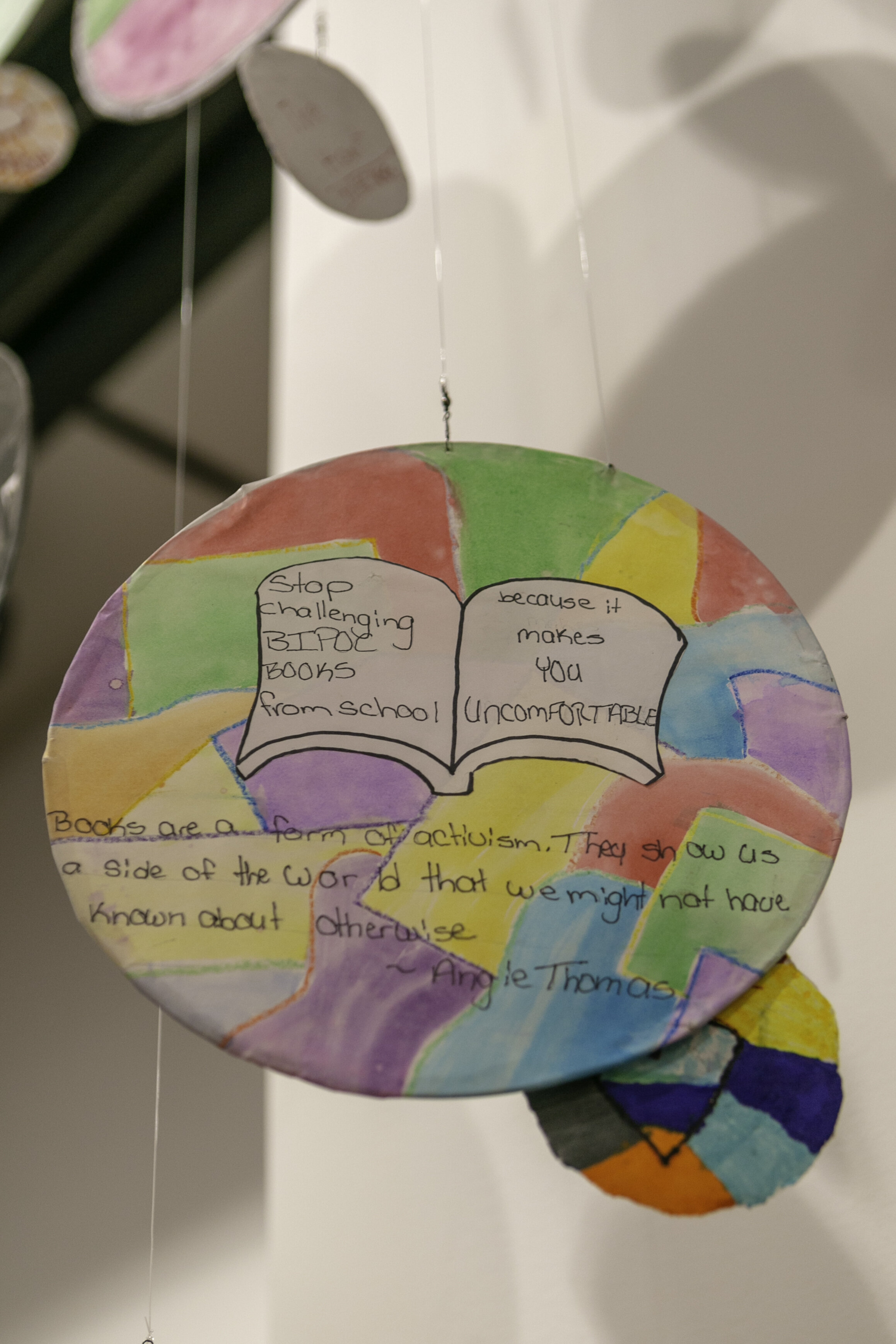
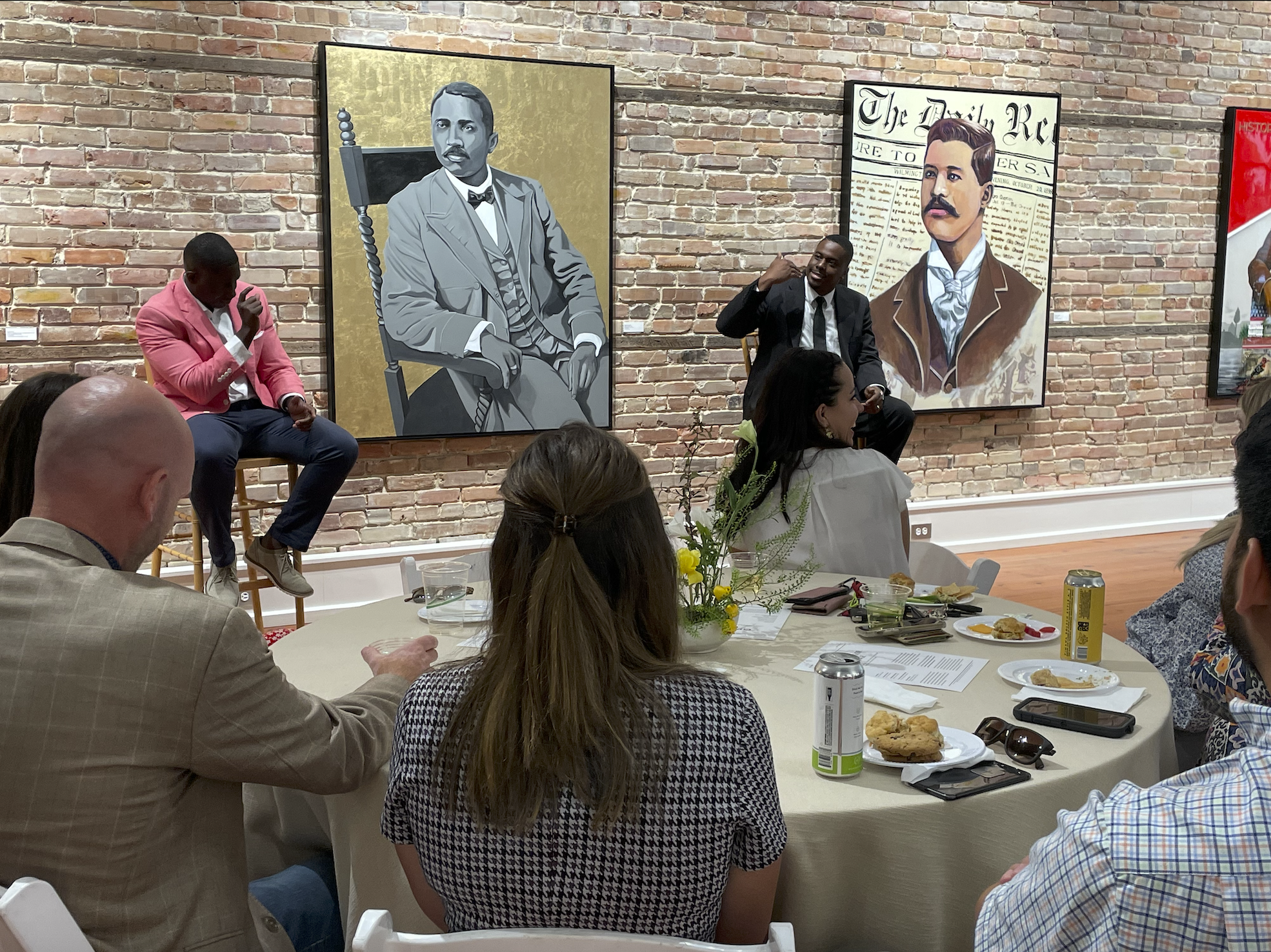
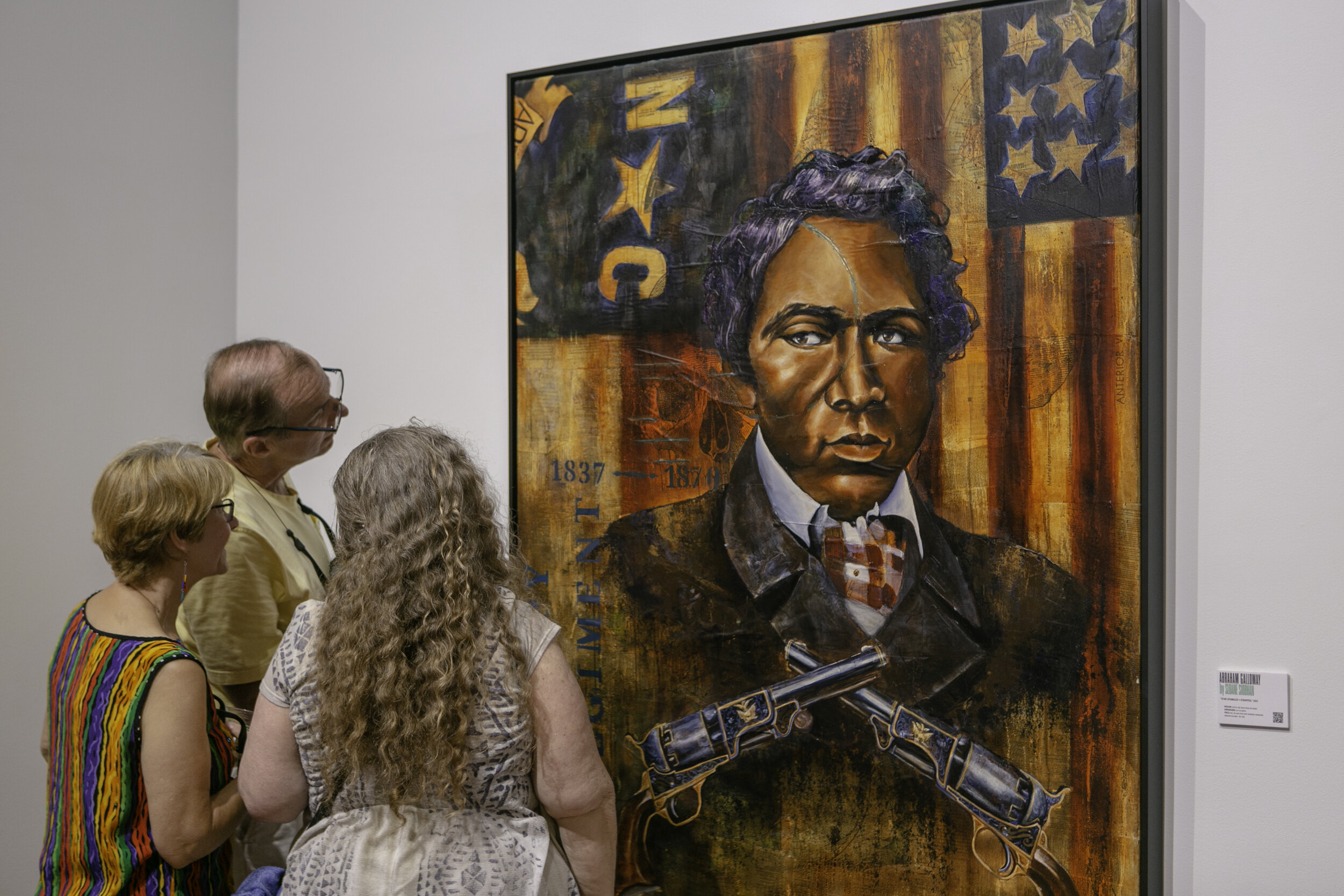
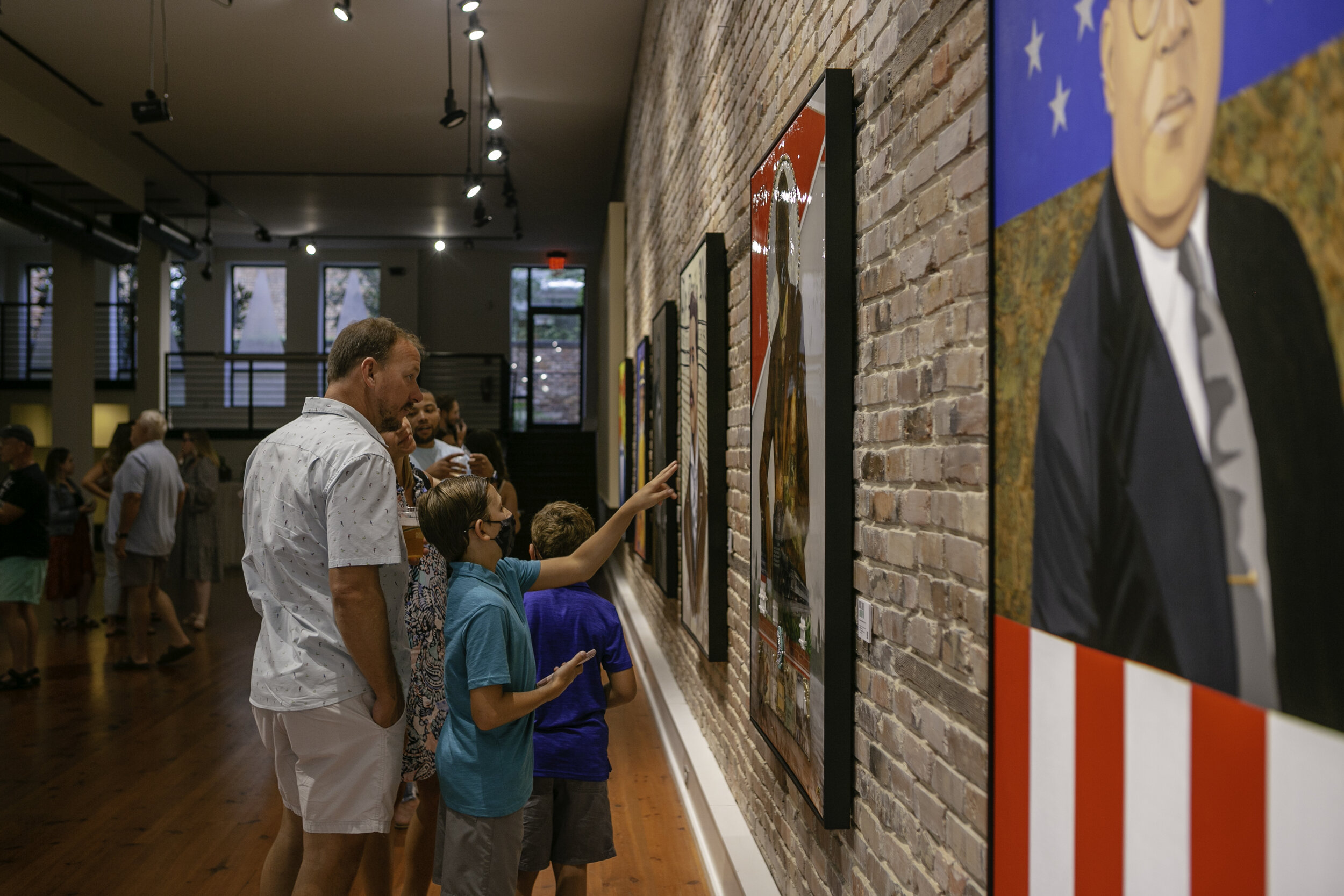

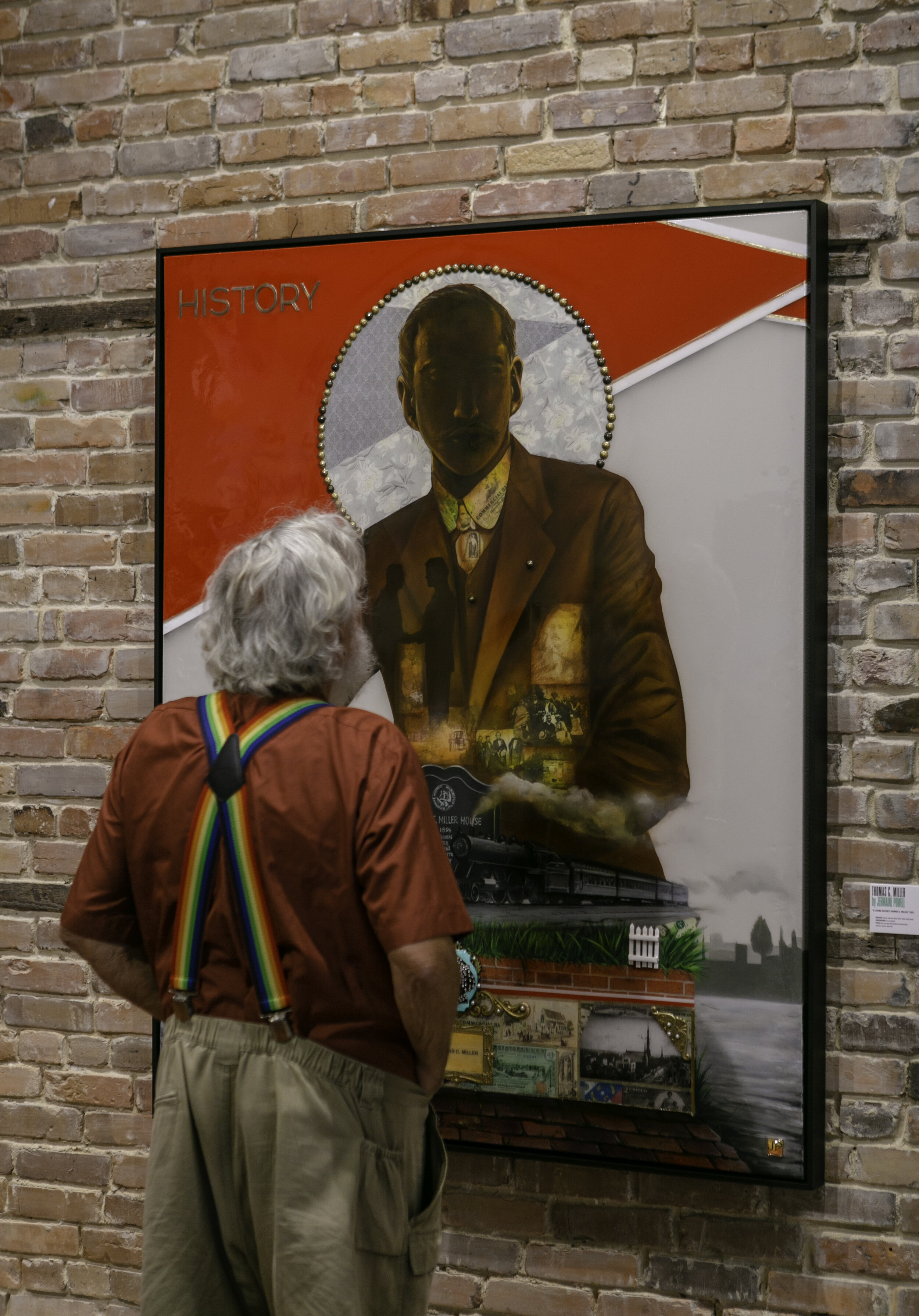



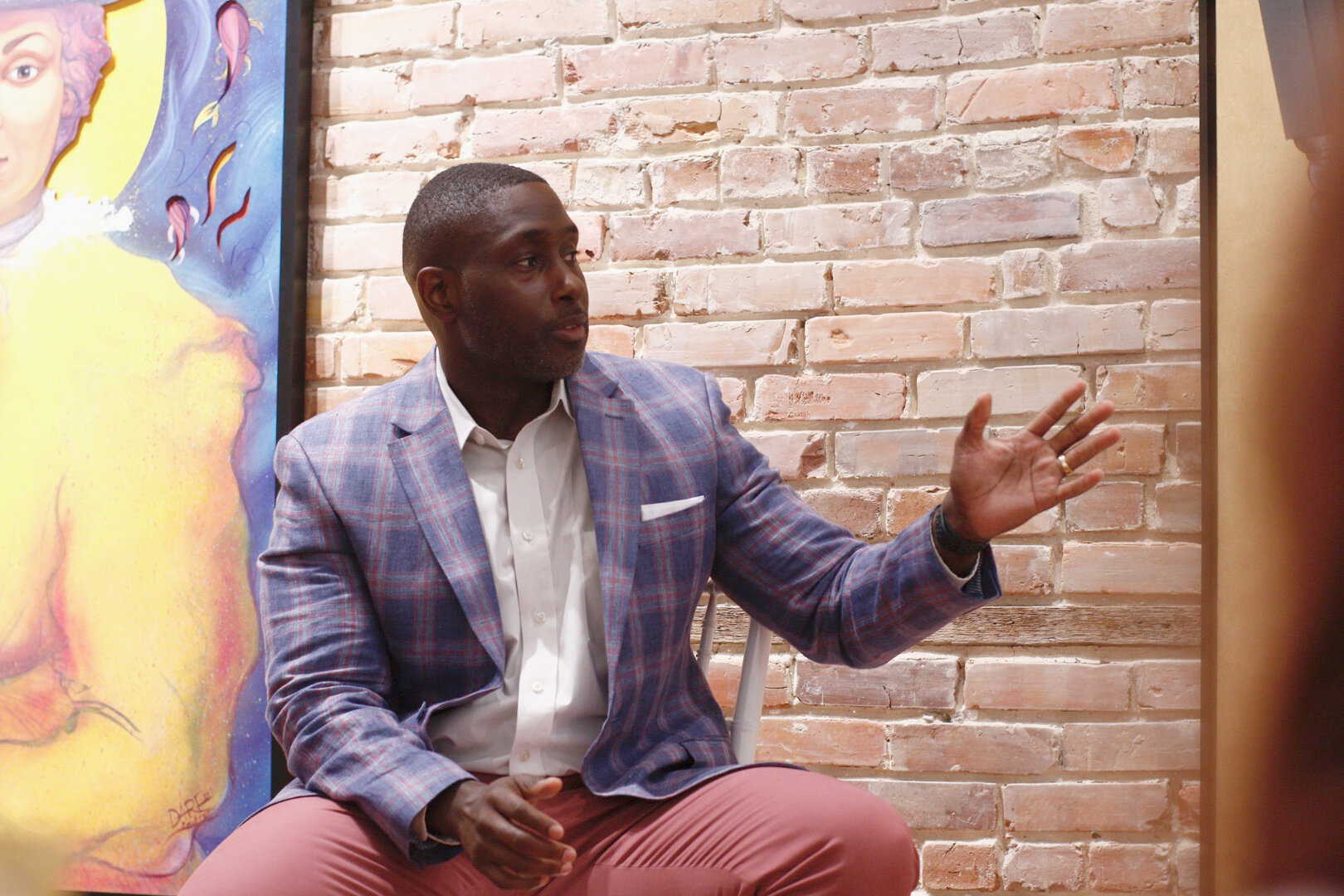
in the news

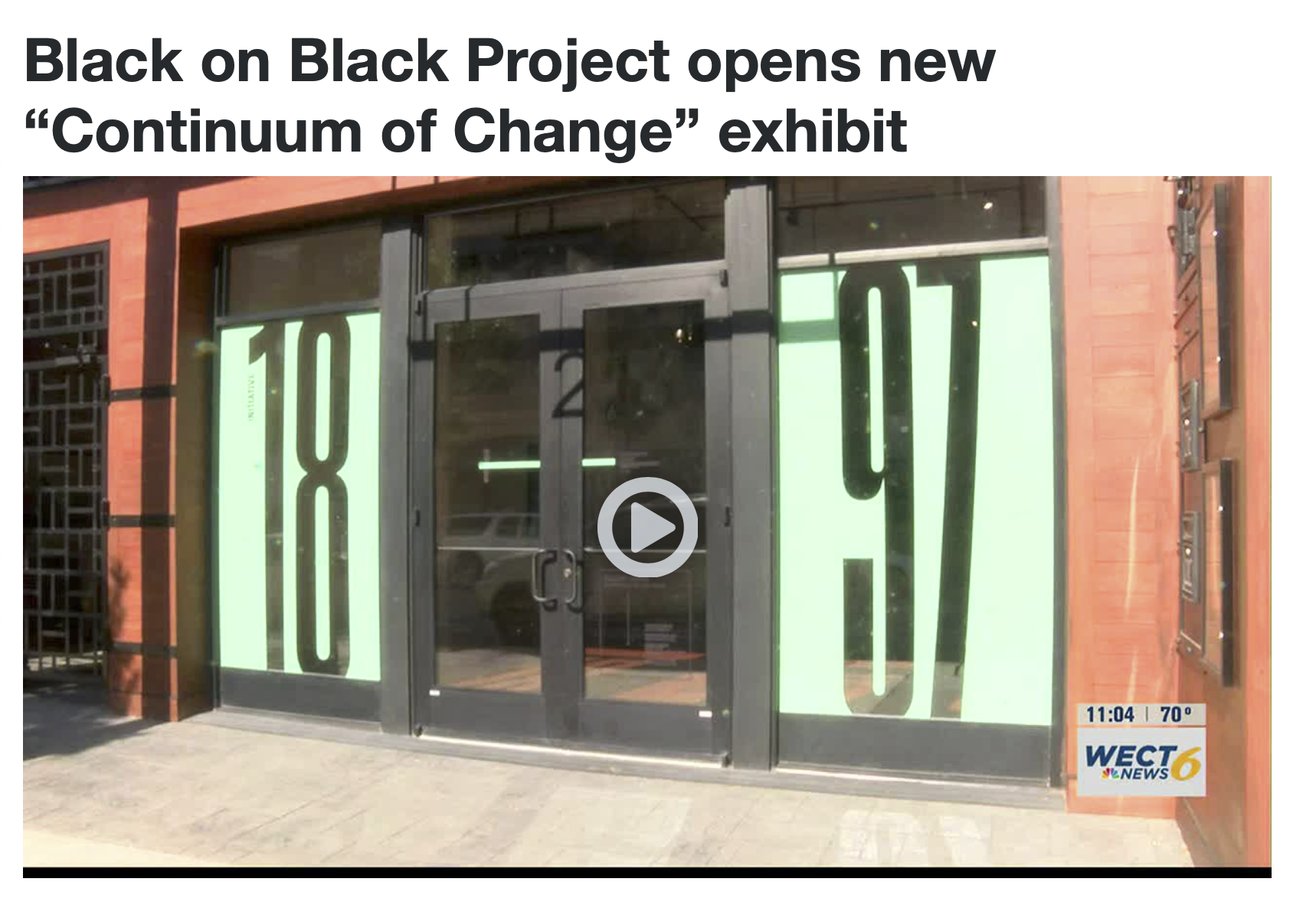

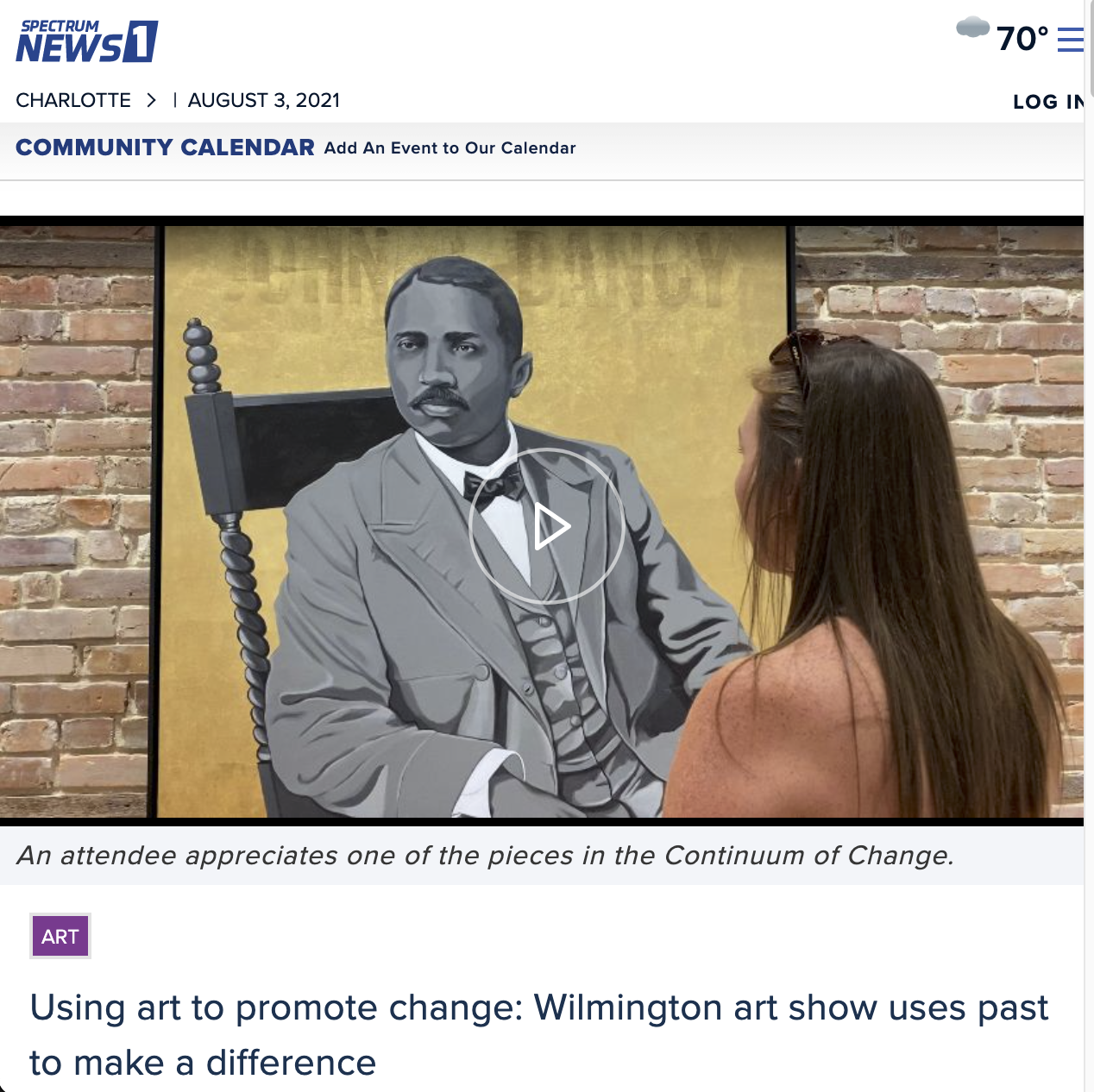
Curator essay about Initiative 1897
"Let the world take no backward step in that slow but sure progress which has successfully refused to let the spirit of class, of caste, of privilege, of birth, debar from life, liberty and the pursuit of happiness a striving human soul." — W.E.B. Du Bois, July 25, 1900, First Pan-African Conference, London
The words from William Edward Burghardt Du Bois more than a century ago ring true today. There has been progress, but as we've seen recently it has certainly been slow at best, almost non-existent at worst. So how do we avoid taking the backward steps that Du Bois warns against?
Initiative 1897 will use artwork and community dialogue to examine the centuries-long inequities that the Black community has faced. A series of large-scale portraits of Black men and women have been commissioned to share how they helped usher in change in the Wilmington area. By sharing their stories, this initiative aims to provide an on ramp for further engagement in the community in the search for more pathways toward equity.
Typically, one hears about the year 1898 in reference to the massacre that occurred in Wilmington. But what is significant about 1897? Were Black people and people of color treated with more humanity than they were in previous years? Were there mass promulgations in regard to the need of equity? No. And no.
Though Wilmington in 1897 was not a bastion of equality, we do know that Black Americans like Dr. Lucy Hughes Brown, John C. Dancy and Mary Washington Howe were making an impact in the city in the mid 1890s. Conditions were unfavorable, but they persevered. That's part of what this initiative will highlight while making connections to the injustices that continue today. By understanding the past, we can work toward an equitable future.
For this initiative, the year 1897 is simply a jumping off point before the massacre happened because Wilmington had a Black political, social and economic community that was very present, engaged and promising. In "Democracy Betrayed," a 1998 collection of essays by scholars edited by historians David S. Cecelski and Timothy B. Tyson, H. Leon Prather writes that "Wilmington was one of the best cities for Blacks in the American South in the years before the racial massacre of 1898."
The list of historical figures in this initiative spans the 19th and 20th centuries and is not intended to be comprehensive, but to pique curiosity and plant seeds of inspiration and change. There will be programs where historians discuss the people highlighted and where artists talk about their process and their experiences. This initiative may also have other iterations where other historical figures' impact will be highlighted.
Together, let's learn and discuss. Let's share perspective. As Du Bois said, let us not "debar from life, liberty and the pursuit of happiness a striving human soul."
— Michael S. Williams, founder of Black On Black Project
About Initiative 1897
Initiative 1897 uses artwork and community dialogue to examine the centuries-long inequities that the Black community has faced. A series of large-scale portraits of Black men and women have been commissioned to share how they helped usher in change in the Wilmington area. By sharing their stories, this initiative aims to provide an on ramp for further engagement in the community in the search for more pathways toward equity. Learn more at 1897ilm.com.








